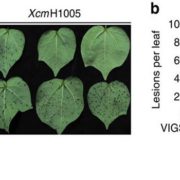
TAL effector driven induction of a SWEET gene confers susceptibility to bacterial blight of cotton
Plant Science Research Weekly, Research0 Comments
/
Plants undergo photosynthesis in leaves to produce carbohydrates sucrose and starch. The sucrose is transported to other parts of the plants via sugar transporters called SWEET proteins. In addition, certain plant pathogens activate SWEET genes to invade their host. As shown in this paper, during bacterial…
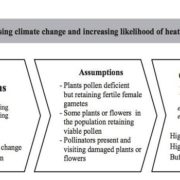
Elevated temperature drives a shift from selfing to outcrossing in the insect-pollinated legume, faba bean (Vicia faba)
Plant Science Research Weekly, ResearchThe effects of climate change on agriculture to human health have been well discussed in both scientific and public domains. In plants, changes in climate might affect interactions between the plants and their insect pollinators due to variable availability of pollinators in severe weather conditions,…
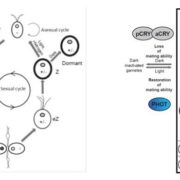
A plant cryptochrome controls key features of the Chlamydomonas circadian clock and its life cycle
Plant Science Research Weekly, ResearchAnimals and plants have divergent sets of blue light receptors, called Cryptochromes. However, green alga Chlamydomonas has both animal-like and plant cryptochrome (pCRY). The presence of multiple cryptochrome suggests specific roles in different pathways in respective organisms. In this paper, Müller…
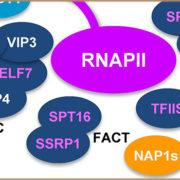
The composition of the Arabidopsis RNA Polymerase II Transcript Elongation Complex reveals the interplay between elongation and mRNA processing factors
Plant Science Research Weekly, ResearchGene expression is regulated at multiple levels such as genome, transcription, RNA processing and nuclear export, translation, and post-translation. Functional mRNA levels are regulated at transcription stage where RNA polymerase II (RNAPII) controls initiation and elongation of mRNA. In particular,…
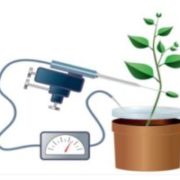
Review: Zooming in on plant hormone analysis: Tissue- and cell-specific approaches ($)
Plant Science Research Weekly, ResearchThroughout plant life cycle, from germination till reproduction, every event is regulated by a highly complex network of hormones. Unlike animals where hormones are synthesized in specific glands, each plant cell is able to produce hormones. However, hormones are synthesized in specific organs in plants.…
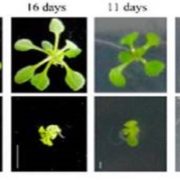
The new Plantae: When we are connected, good things can happen
BlogPlantae makes it easy to communicate with plant scientists from around the globe about anything related to research, careers, grants and other plant biology topics.
Here are some things you can do:
Set up a network for your lab or project team
Curate, review, annotate, and co-author content
…

Recognizing featured Plant Cell first authors, May 2017
Blog, The Plant Cell, The Plant Cell: Author ProfilesJennifer Wisecaver, featured first author of A Global Co-expression Network Approach for Connecting Genes to Specialized Metabolic Pathways in Plants
Current Position: Postdoctoral Fellow, Department of Biological Sciences, Vanderbilt University.
Education: PhD (2012) Ecology and Evolutionary Biology,…
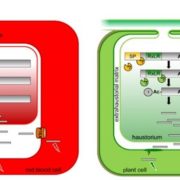
An Emerging Paradigm? RxLR Cleavage Before Effector Secretion
Research, The Plant Cell, The Plant Cell: In BriefEukaryotic pathogens are responsible for devastating plant diseases that threaten food supplies globally – think potato blight caused by the oomycete Phytophora infestans, rice blast caused by the fungus Magnaporthe oryzae, and wheat stem rust caused by the fungus Puccinia graminis f. sp. tritici.…

What We're Reading: June 9th
Blog, ResearchThis week's What We're Reading is curated by Sridhar Gutam, Senior Scientist, Indian Council of Agricultural Research and Nidhi Sharma, Research Specialist, Stanford University.
Nidhi Sharma is a researcher in Dominique Bergmann's lab at Stanford University. She graduated from The University of…

